Ask Ethan: Does The Aether Exist?
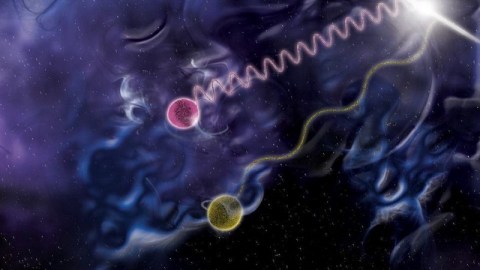
Not everything needs a medium to travel through. If we can overcome that assumption, we don’t need the aether at all.
All throughout the Universe, different types of signals propagate. Some of them, like sound waves, require a medium to travel through. Others, like light or gravitational waves, are perfectly content to traverse the vacuum of space, seemingly defying the need for a medium altogether. Irrespective of how they do it, all of these signals can be detected from the effects they induce when they eventually arrive at their destination. But is it really possible for waves to travel through the vacuum of space itself, without any medium at all to propagate through? That’s what Wade Campbell wants to know, asking:
Back in the late 1800s, an “aether” was proposed as the medium that light travels through. We now don’t believe that is the case. What is the evidence and/or proof that no aether exists?
It’s an easy assumption to make, but a difficult assertion to disprove. Here’s the story.

Back in the earliest days of science — before Newton, going back hundreds or even thousands of years — we only had large-scale, macroscopic phenomena to investigate. The waves we observed came in many different varieties, including:
- the ripples that wind caused in clothes on a clothesline or on a ship’s sails,
- water waves on the sea, ocean, or lake,
- the waves that propagated through the ground during an earthquake,
- the waves that emerged in a tight string that was plucked, struck, or oscillated,
- or even sound waves, whose effects could be felt differently in air, water, or through solid land.
In the case of all of these waves, matter is involved. That matter provides a medium for these waves to travel through, and as the medium either compresses-and-rarifies in the direction of propagation (a longitudinal wave) or oscillates perpendicular to the direction of propagation (a transverse wave), the signal is transported from one location to another.
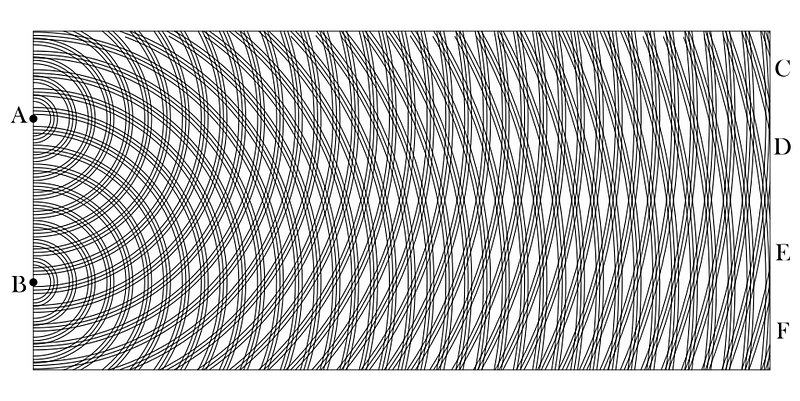
As we began to investigate waves more carefully, a third type began to emerge. In addition to longitudinal and transverse waves, a type of wave where each of the particles involved underwent motion in a circular path — a surface wave — was discovered. The rippling characteristics of water, which were previously thought to be either longitudinal or transverse waves exclusively, were shown to also contain this surface wave component.
All three of these types of wave are examples of mechanical waves, which is where some type of energy is transported from one location to another through a material, matter-based medium. A wave that travels through a spring, a slinky, water, the Earth, a string, or even the air, all require an impetus for creating some initial displacement from equilibrium, and then the wave carries that energy through a medium towards its destination.
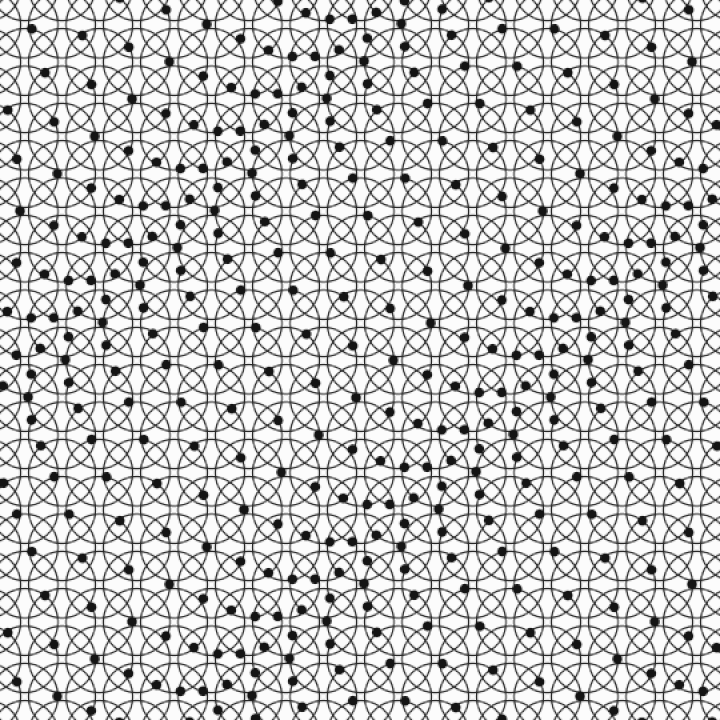
It makes sense, then, that as we discovered new types of waves, we’d assume they had similar properties to the classes of waves we already knew about. Even before Newton, the aether was the name given to the void of space, where the planets and other celestial objects resided. Tycho Brahe’s famous 1588 work, De Mundi Aetherei Recentioribus Phaenomenis, literally translates as “On Recent Phenomena in the Aethereal World.”
The aether, it was assumed, was the medium inherent to space that all objects, from comets to planets to starlight itself, traveled through. Whether light was a wave or a corpuscle, though, was a point of contention for many centuries. Newton claimed it was a corpuscle, which Christiaan Huygens, his contemporary, claimed it was a wave. The issue wasn’t decided until the 19th century, where experiments with light unambiguously revealed its wave-like nature. (With modern quantum physics, we now know it behaves like a particle also, but its wave-like nature cannot be denied.)
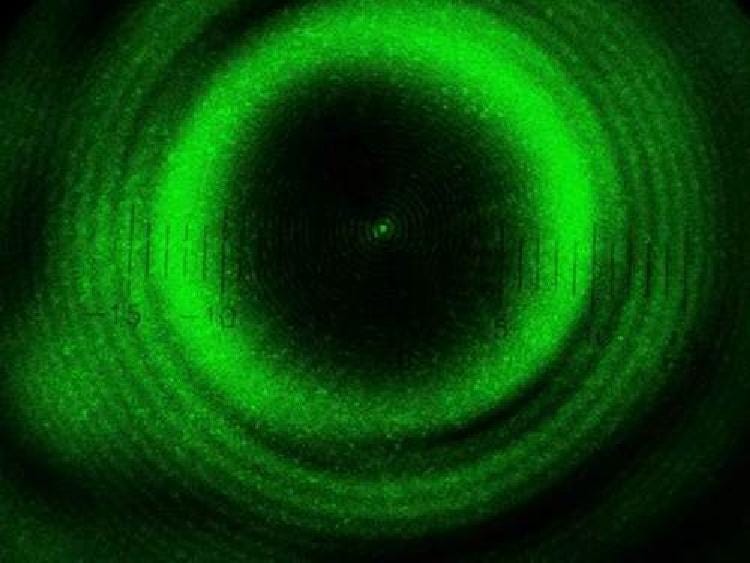
This was further borne out as we began to understand the nature of electricity and magnetism. Experiments that accelerated charged particles not only showed that they were affected by magnetic fields, but that when you bent a charged particle with a magnetic field, it radiated light. Theoretical developments showed that light itself was an electromagnetic wave that propagated at a finite, large, but calculable velocity, today known as c, the speed of light in a vacuum.
If light was an electromagnetic wave, and all waves required a medium to travel through, and — as all the heavenly bodies traveled through the medium of space — then surely that medium itself, the aether, was the medium that light traveled through. The biggest question remaining, then, was to determine what properties the aether itself possessed.

One of the most important points about what the aether couldn’t be was figured out by Maxwell himself, who was the first to derive the electromagnetic nature of light waves. In an 1874 letter to Lewis Campbell, he wrote:
It may also be worth knowing that the aether cannot be molecular. If it were, it would be a gas, and a pint of it would have the same properties as regards heat, etc., as a pint of air, except that it would not be so heavy.
In other words, whatever the aether was — or more accurately, whatever it was that electromagnetic waves propagated through — it could not have many of the traditional properties that other, matter-based media possessed. It could not be composed of individual particles. It could not contain heat. It could not transfer energy through it. In fact, just about the only thing left that the aether was allowed to do was serve as a background medium through which things like light were permitted to travel.
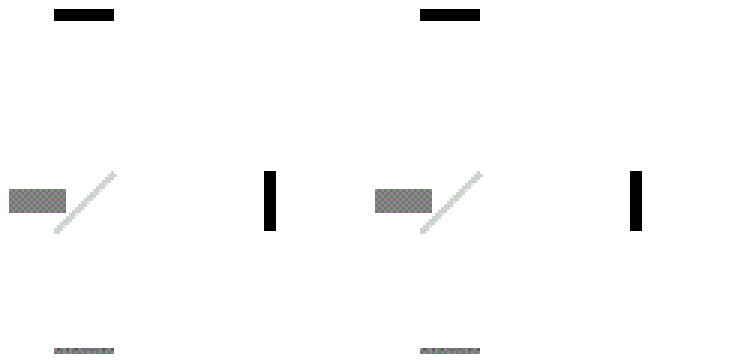
All of this led to the most important experiment for detecting the aether: the Michelson-Morley experiment. If aether really were a medium for light to travel through, then the Earth should be passing through the aether as it rotated on its axis and revolved around the Sun. Even though we only revolve at a speed of around 30 km/s, that’s a substantial fraction (about 0.01%) of the speed of light.
With a sensitive enough interferometer, if light were a wave traveling through this medium, we should detect a shift in light’s interference pattern dependent on the angle the interferometer made with our direction of motion. Michelson alone tried to measure this effect in 1881, but his results were inconclusive. 6 years later, with Morley, they reached sensitivities that were just 1/40th the magnitude of the expected signal. Their experiment, however, yielded a null result; there was no evidence for the aether at all.
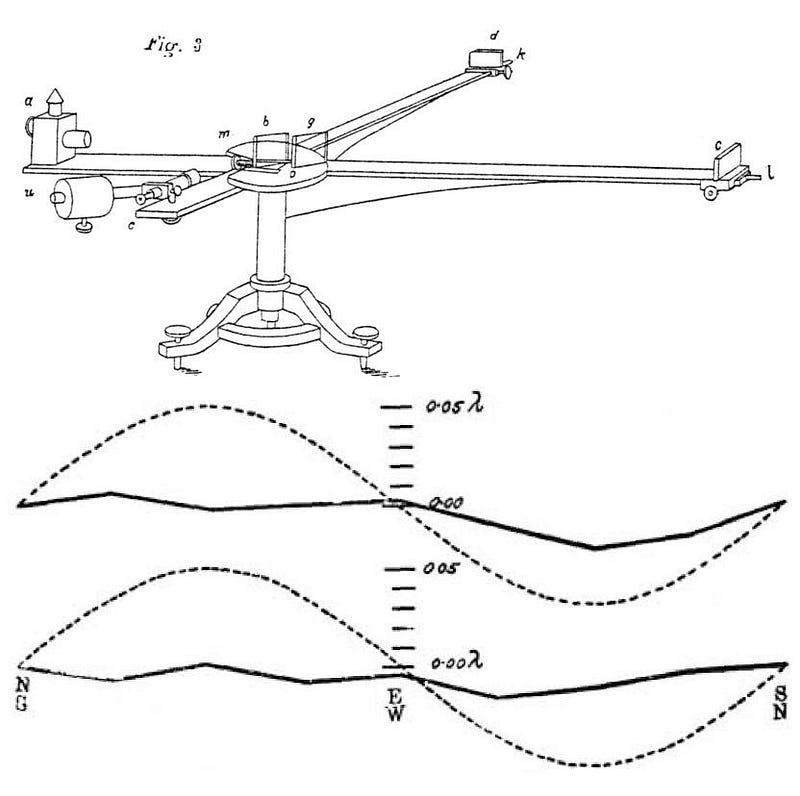
Aether enthusiasts contorted themselves in knots attempting to explain this null result.
- Perhaps the aether was being dragged by objects traveling through space, such as the Earth, and that’s why a null result was obtained.
- Perhaps there is a stationary, motionless aether, and as objects moved through it, they experienced length contraction and time dilation, explaining the null result.
- And maybe, just possibly, the same aether that light traveled through, whatever it was, allowed for the propagation of Newton’s gravitational force as well.
All of these possibilities, despite their arbitrary constants and parameters, were seriously considered right up until Einstein’s relativity came along. Once the realization came about that the laws of physics should be, and in fact were, the same for all observers in all frames of reference, the idea of an “absolute frame of reference,” which the aether absolutely was, was no longer necessary or tenable.
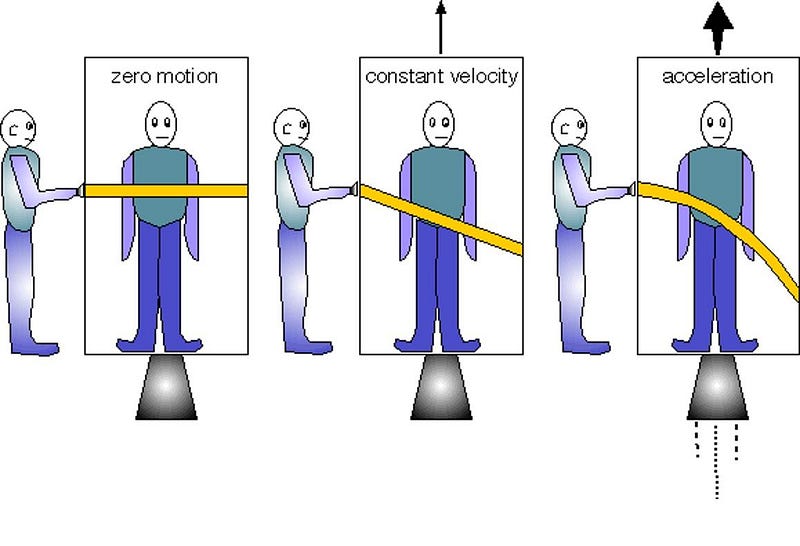
What all of this means is that the laws of physics don’t require the existence of an aether; they work just fine without one. Today, with our modern understanding of not just Special Relativity but also General Relativity — which incorporates gravitation — we recognize that both electromagnetic waves and gravitational waves don’t require any sort of medium to travel through at all. The vacuum of space, devoid of any material entity, is enough all on its own.
This doesn’t mean, however, that we’ve disproven the existence of the aether. All we’ve proven, and indeed all we’re capable of proving, is that if there is an aether, it has no properties that are detectable by any experiment we’re capable of performing. It doesn’t affect the motion of light or gravitational waves through it, not under any physical circumstances, which is equivalent to stating that everything we observe is consistent with it’s non-existence.
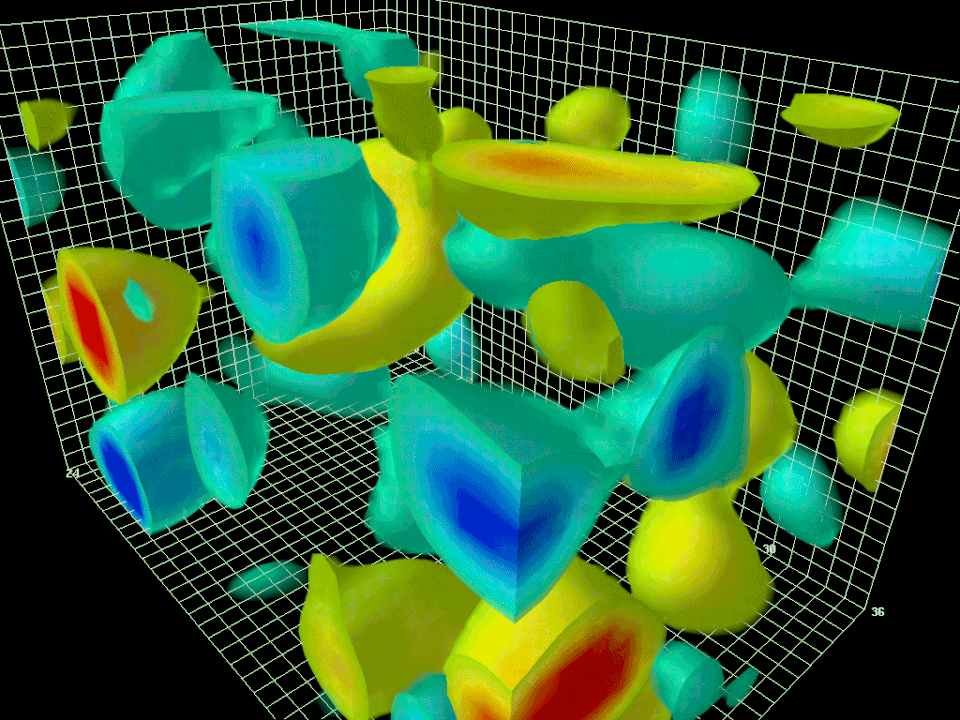
If something has no observable, measurable effects on our Universe in any way, shape or form, even in principle, we consider that “thing” to be physically non-existent. But the fact that there’s nothing pointing to the existence of the aether doesn’t mean we fully understand what empty space, or the quantum vacuum, actually is. In fact, there are a whole slew of unanswered, open questions about exactly that topic plaguing the field today.
Why does empty space still have a non-zero amount of energy — dark energy, or a cosmological constant — intrinsic to it? If space is discrete at some level, does that imply a preferred frame of reference, where that discrete “size” is maximized under the rules of relativity? Can light or gravitational waves exist without space to travel through, and does that mean there is some type of propagation medium, after all?
As Carl Sagan famously said, “absence of evidence is not evidence of absence.” We have no proof that the aether exists, but can never prove the negative: that no aether exists. All we can demonstrate, and have demonstrated, is that if the aether exists, it has no properties that affect the matter and radiation that we do observe.
Send in your Ask Ethan questions to startswithabang at gmail dot com!
Ethan Siegel is the author of Beyond the Galaxy and Treknology. You can pre-order his third book, currently in development: the Encyclopaedia Cosmologica.




